Filter data
|
ID |
Nickname |
Country / City |
Languages |
Taxonomies |
Comment |
Project / Group |
Map |

|
147489
|
alex_analyzing stickers_unibe
|
Spain
Valencia
|
|
|
—
|
|
|

|
147488
|
alex_analyzing stickers_unibe
|
Spain
València
|
|
|
—
|
|
|
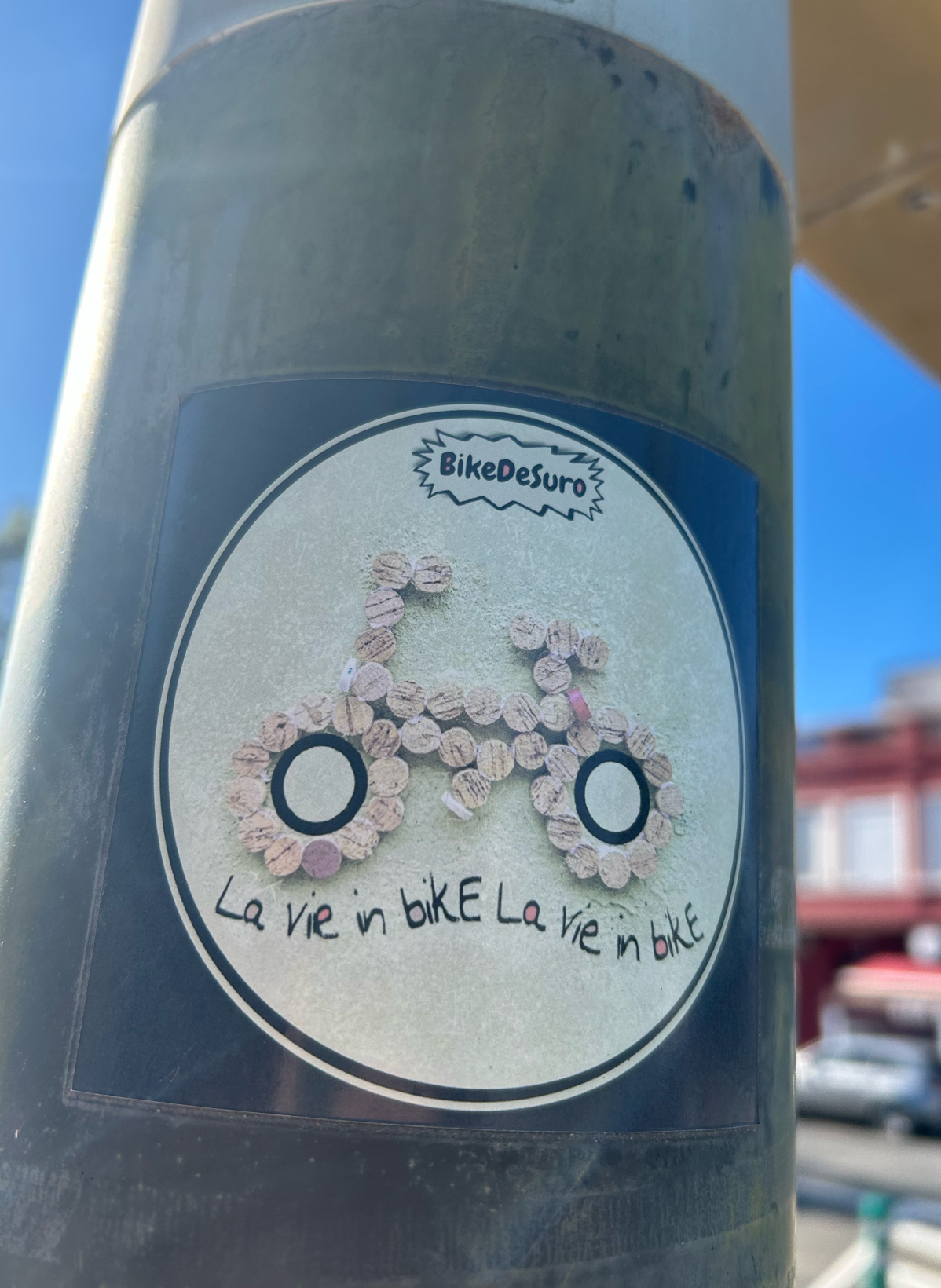
|
147487
|
alex_analyzing stickers_unibe
|
Spain
València
|
|
|
—
|
|
|

|
147486
|
alex_analyzing stickers_unibe
|
Spain
València
|
|
|
—
|
|
|
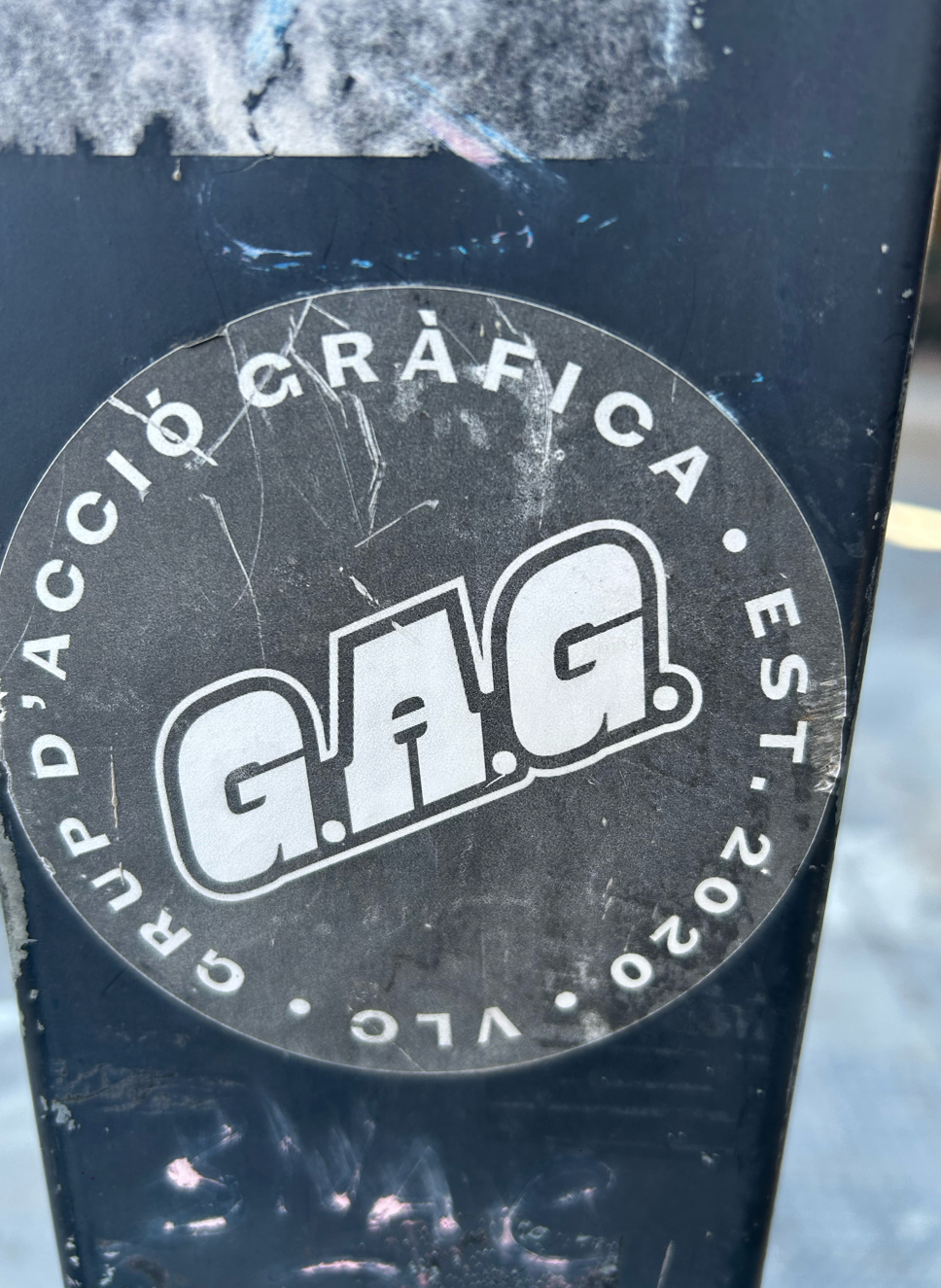
|
147485
|
alex_analyzing stickers_unibe
|
Spain
València
|
|
|
—
|
|
|
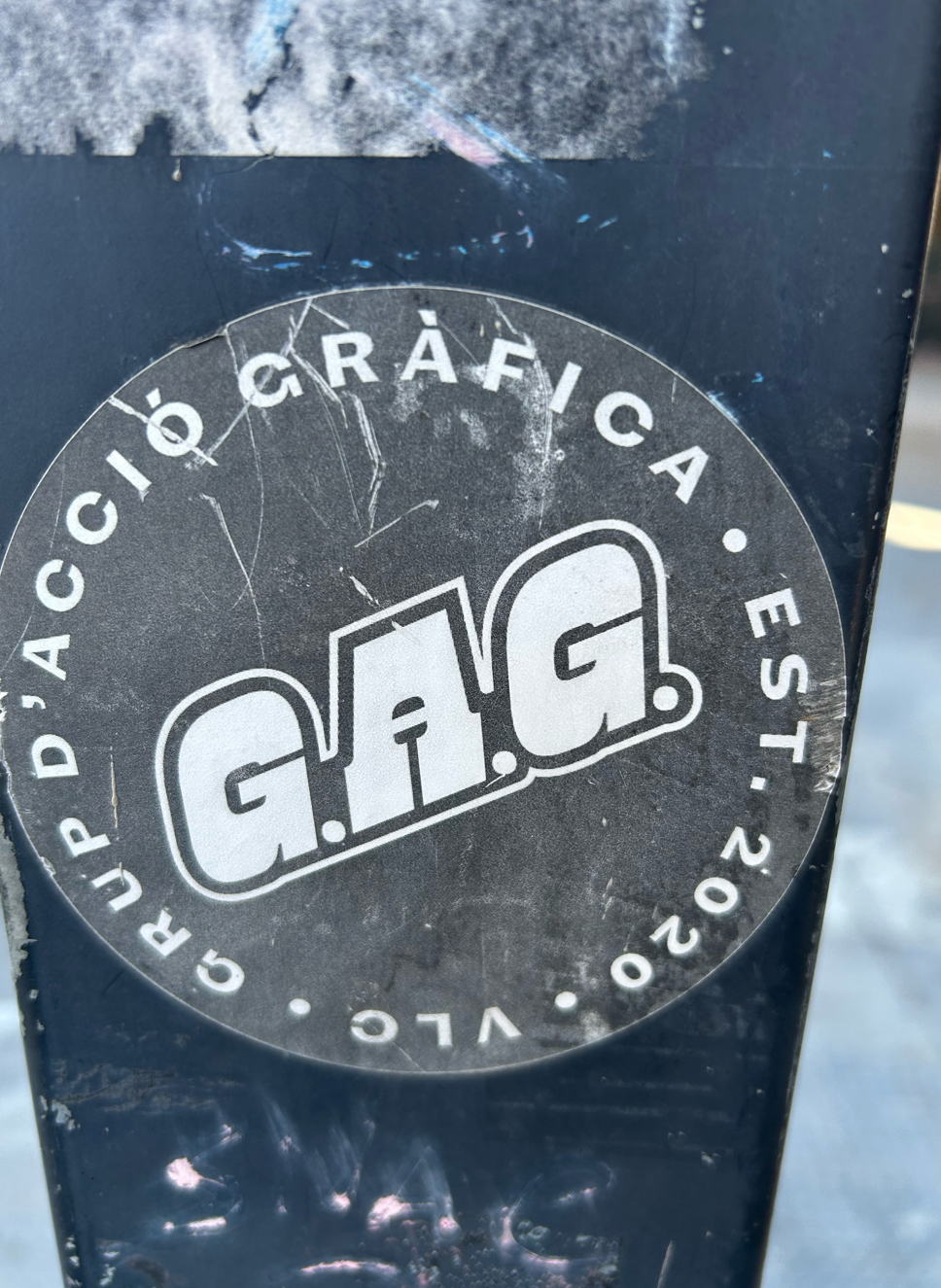
|
147484
|
alex_analyzing stickers_unibe
|
Spain
València
|
|
|
—
|
|
|
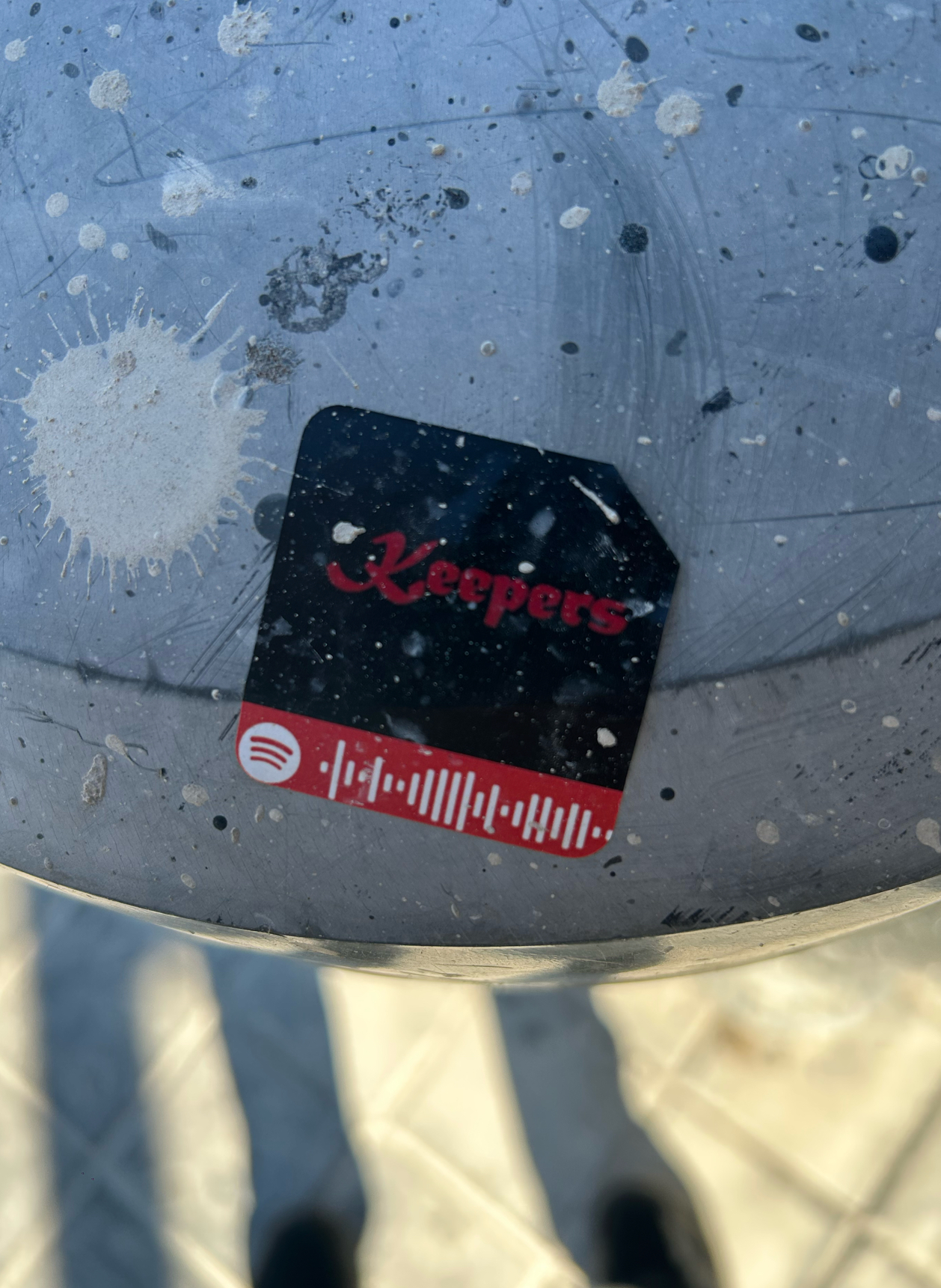
|
147483
|
alex_analyzing stickers_unibe
|
Spain
València
|
|
|
—
|
|
|
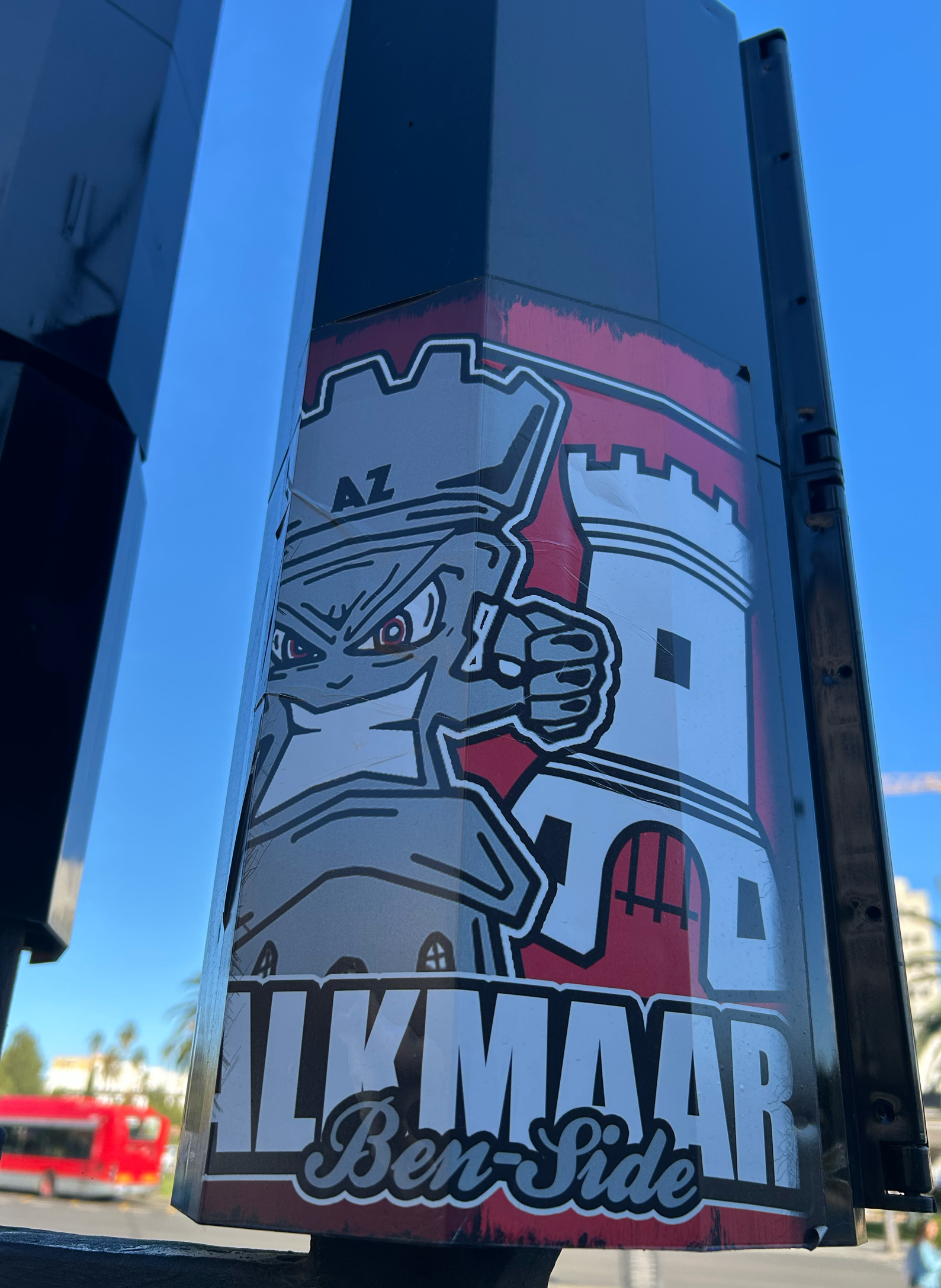
|
147482
|
alex_analyzing stickers_unibe
|
Spain
València
|
|
|
—
|
|
|
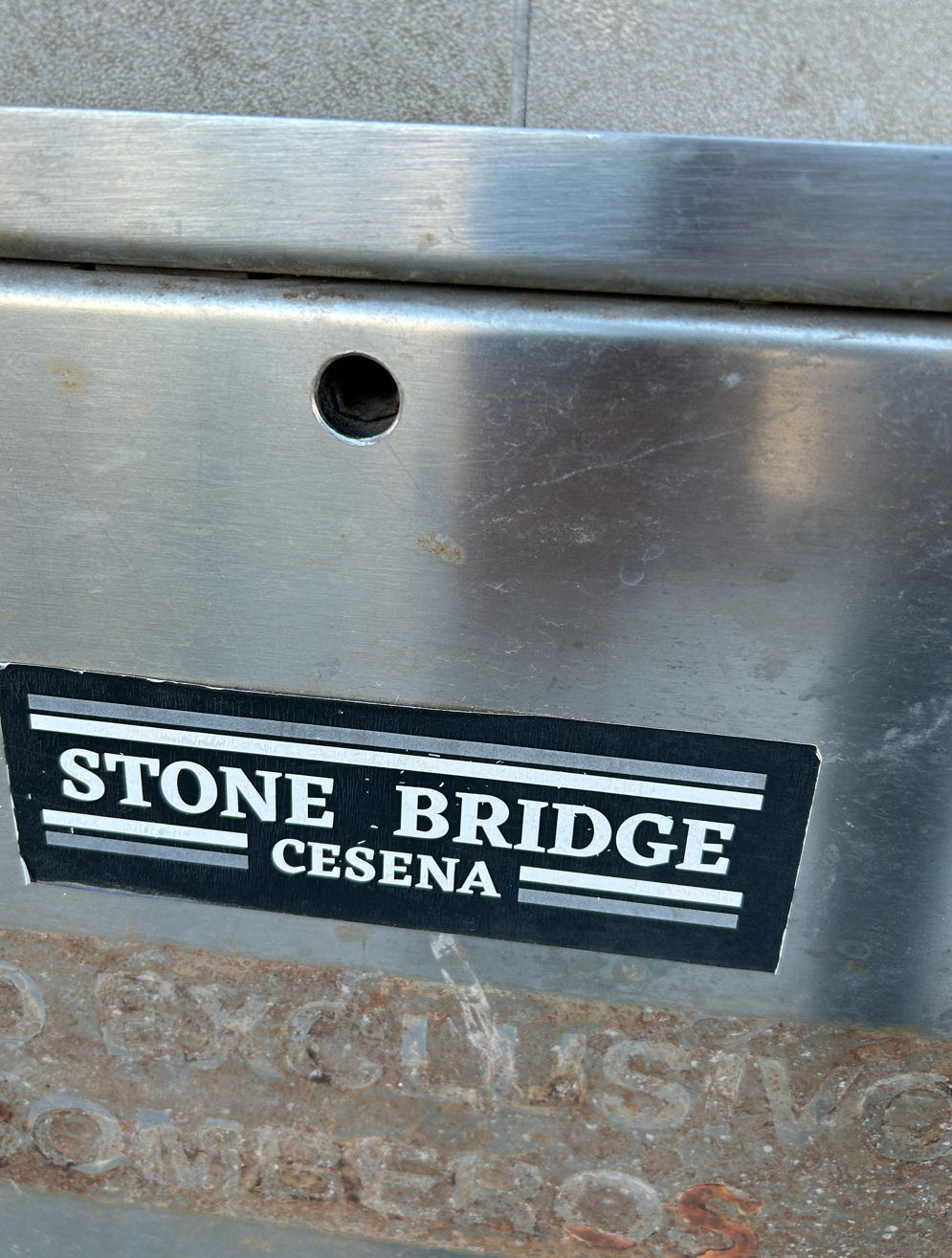
|
147481
|
alex_analyzing stickers_unibe
|
Spain
València
|
|
|
—
|
|
|
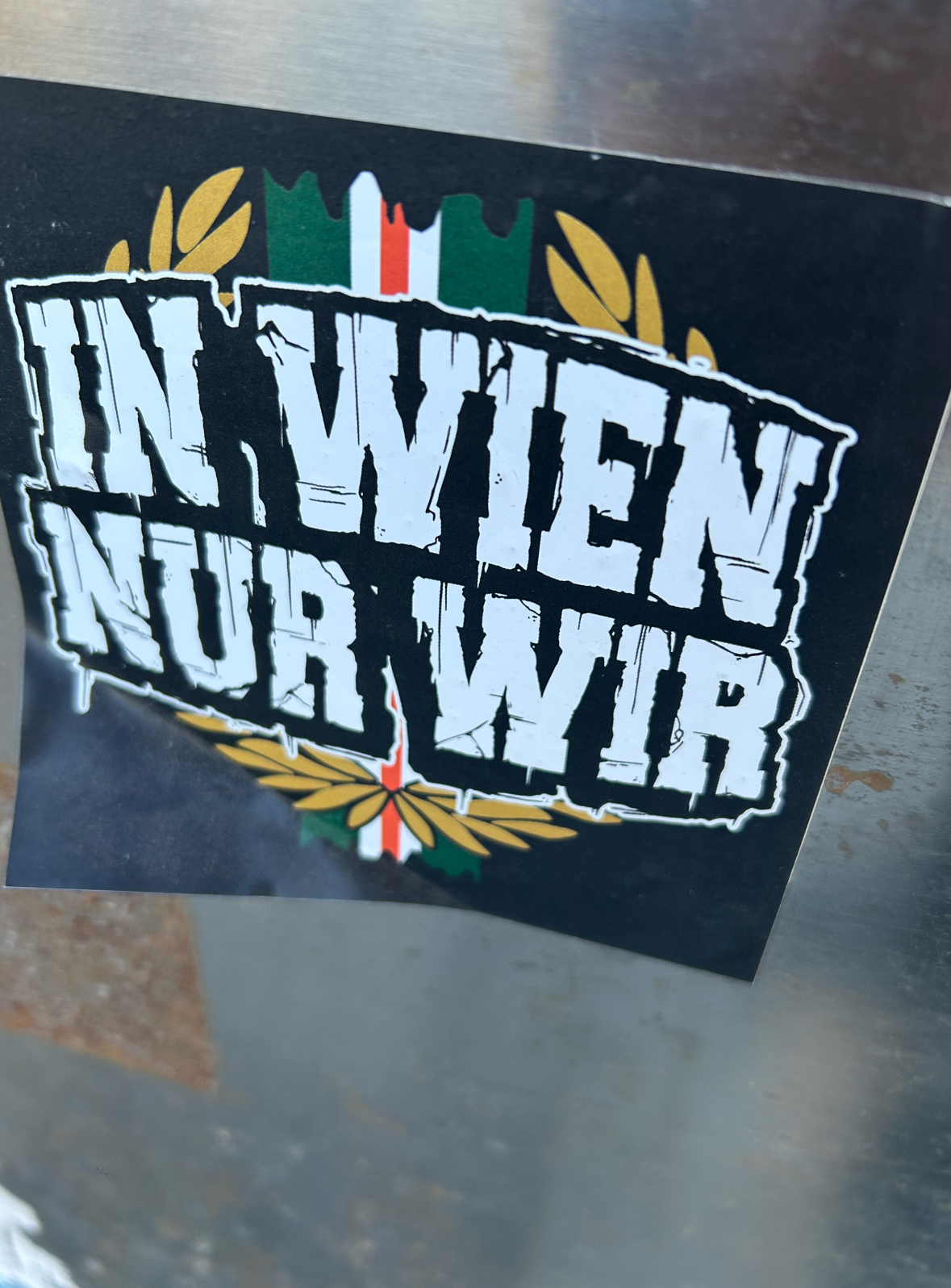
|
147480
|
alex_analyzing stickers_unibe
|
Spain
València
|
|
|
—
|
|
|
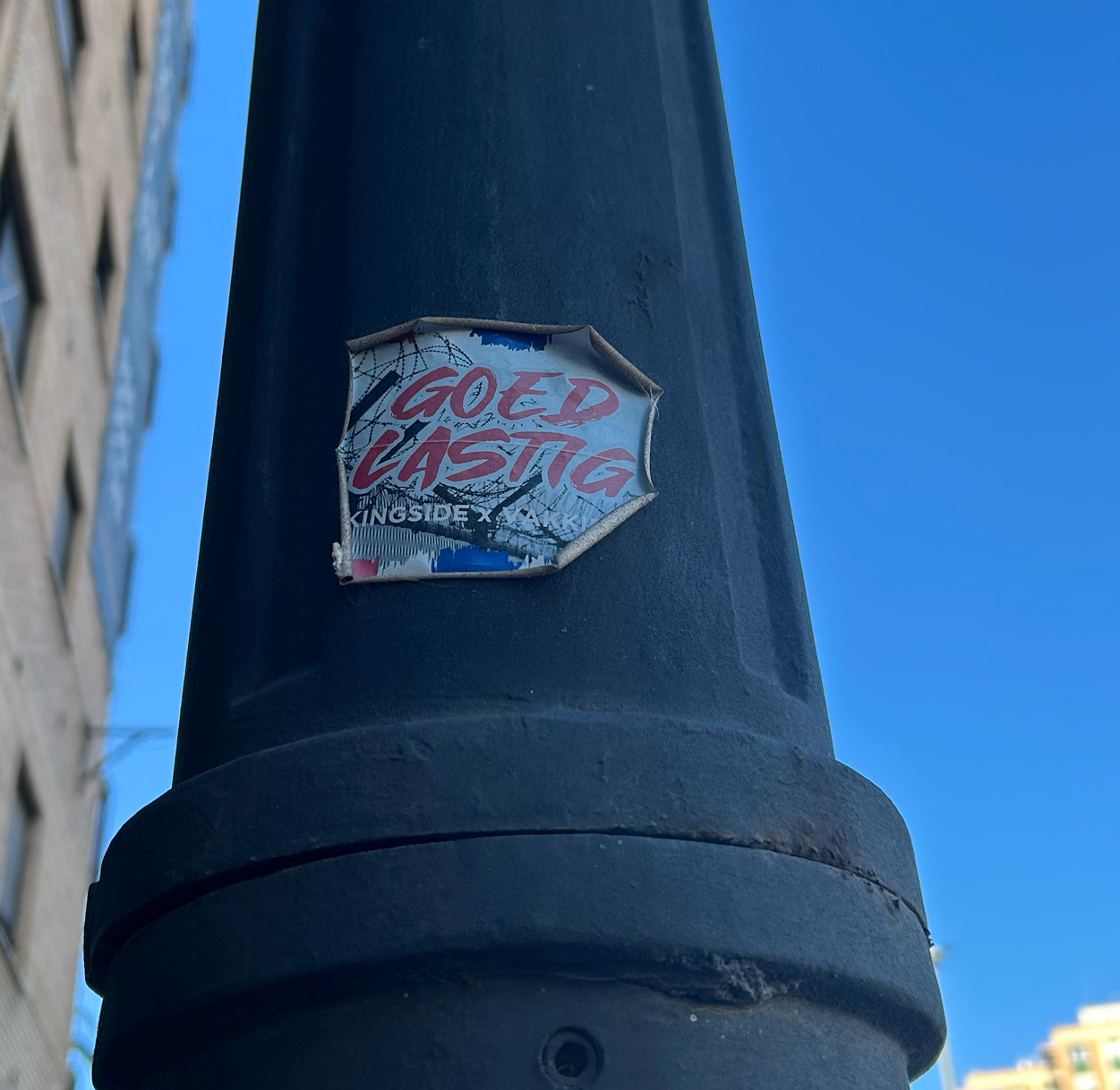
|
147479
|
alex_analyzing stickers_unibe
|
Spain
València
|
|
|
—
|
|
|

|
147478
|
alex_analyzing stickers_unibe
|
Spain
València
|
|
|
—
|
|
|

|
147477
|
alex_analyzing stickers_unibe
|
Spain
València
|
|
|
—
|
|
|

|
147476
|
alex_analyzing stickers_unibe
|
Spain
València
|
|
|
—
|
|
|

|
147475
|
alex_analyzing stickers_unibe
|
Spain
València
|
|
|
—
|
|
|
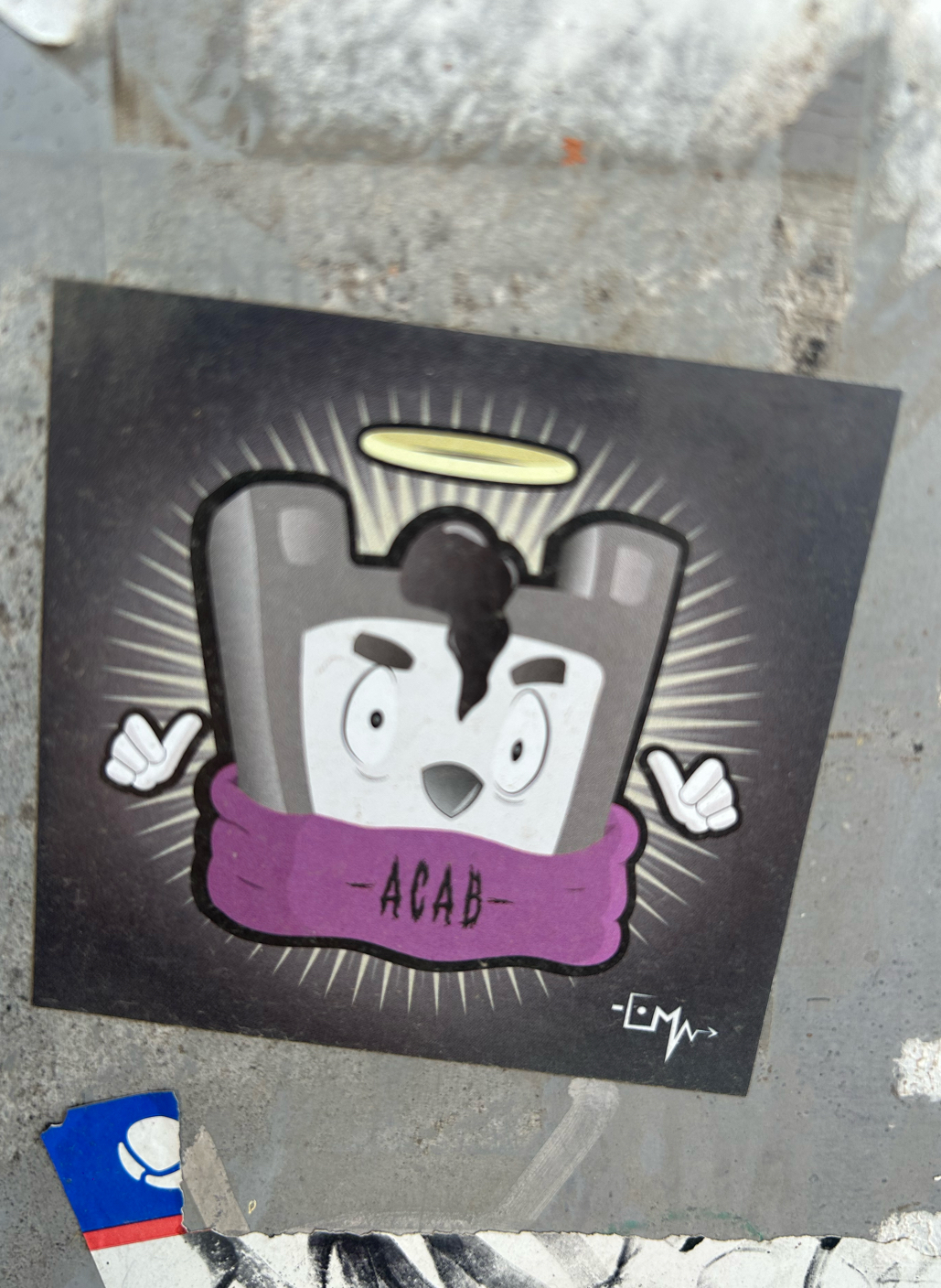
|
147474
|
alex_analyzing stickers_unibe
|
Spain
València
|
|
|
—
|
|
|
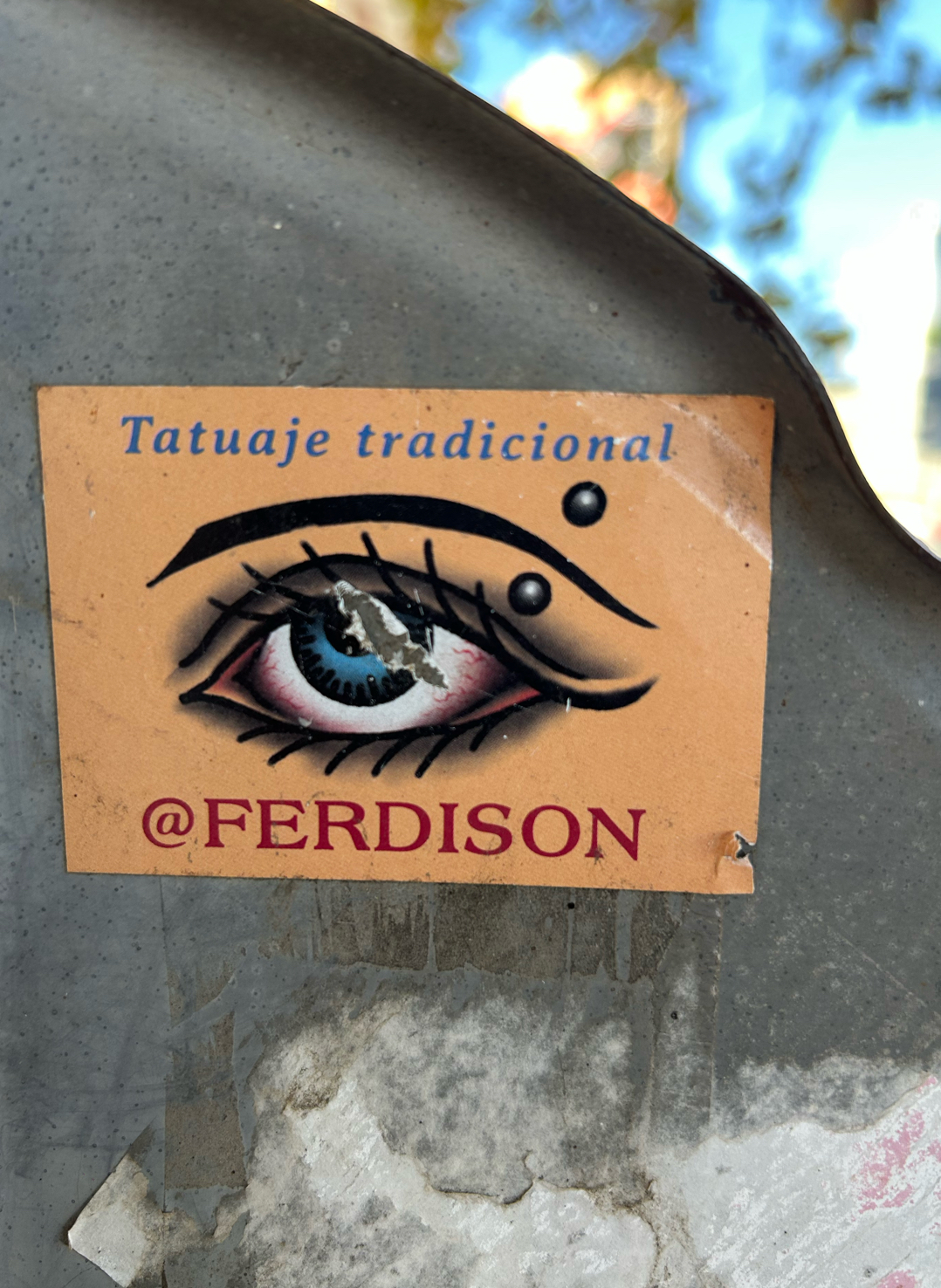
|
147473
|
alex_analyzing stickers_unibe
|
Spain
València
|
|
|
—
|
|
|
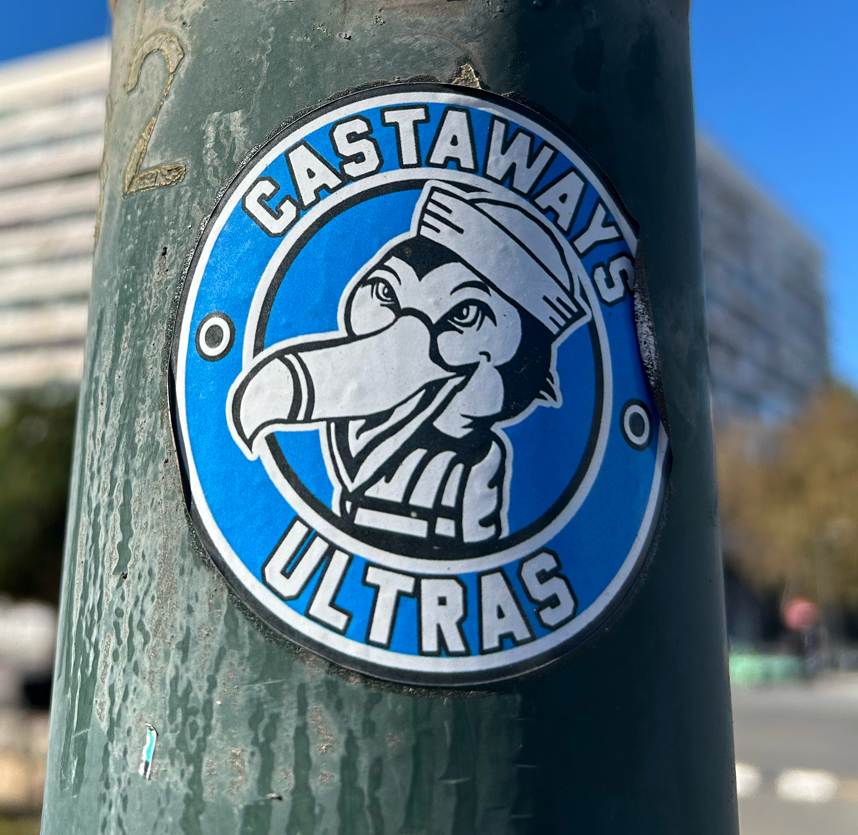
|
147472
|
alex_analyzing stickers_unibe
|
Spain
València
|
|
|
—
|
|
|
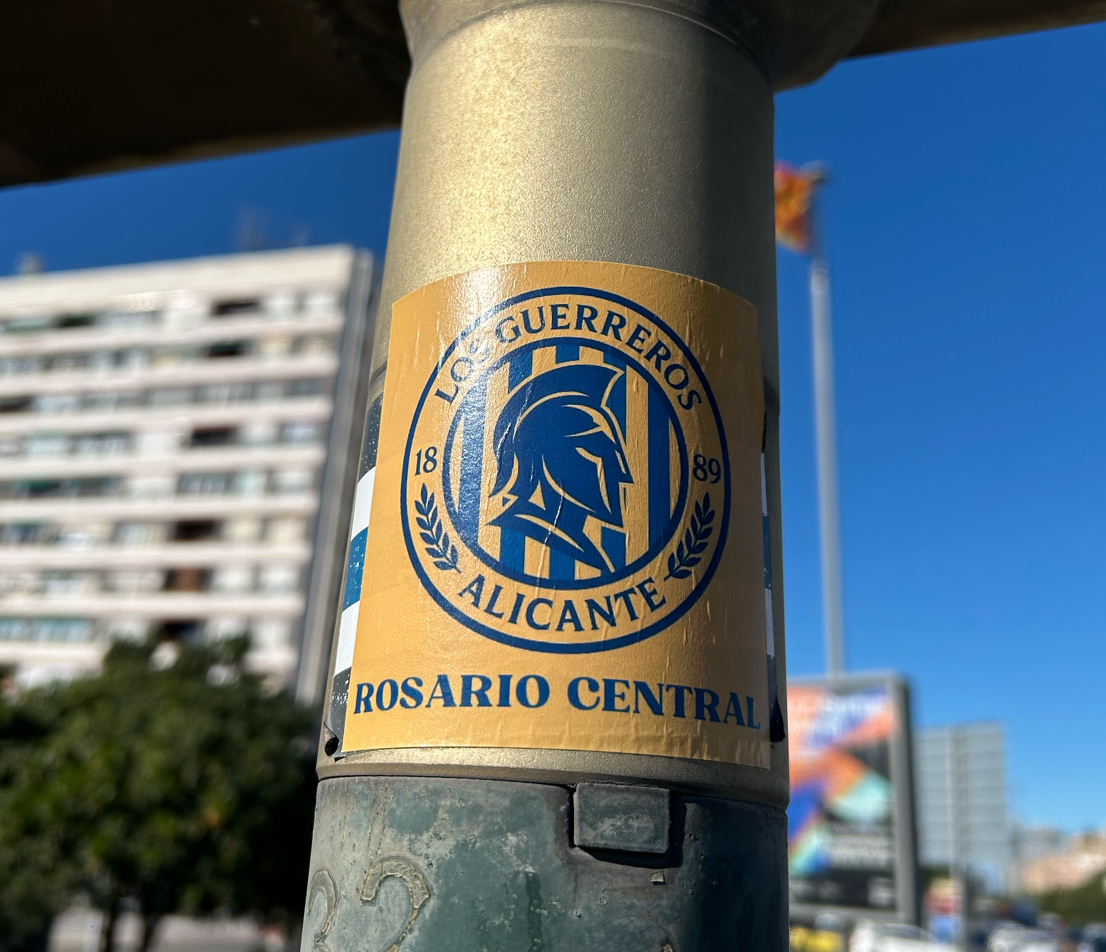
|
147471
|
alex_analyzing stickers_unibe
|
Spain
València
|
|
|
—
|
|
|
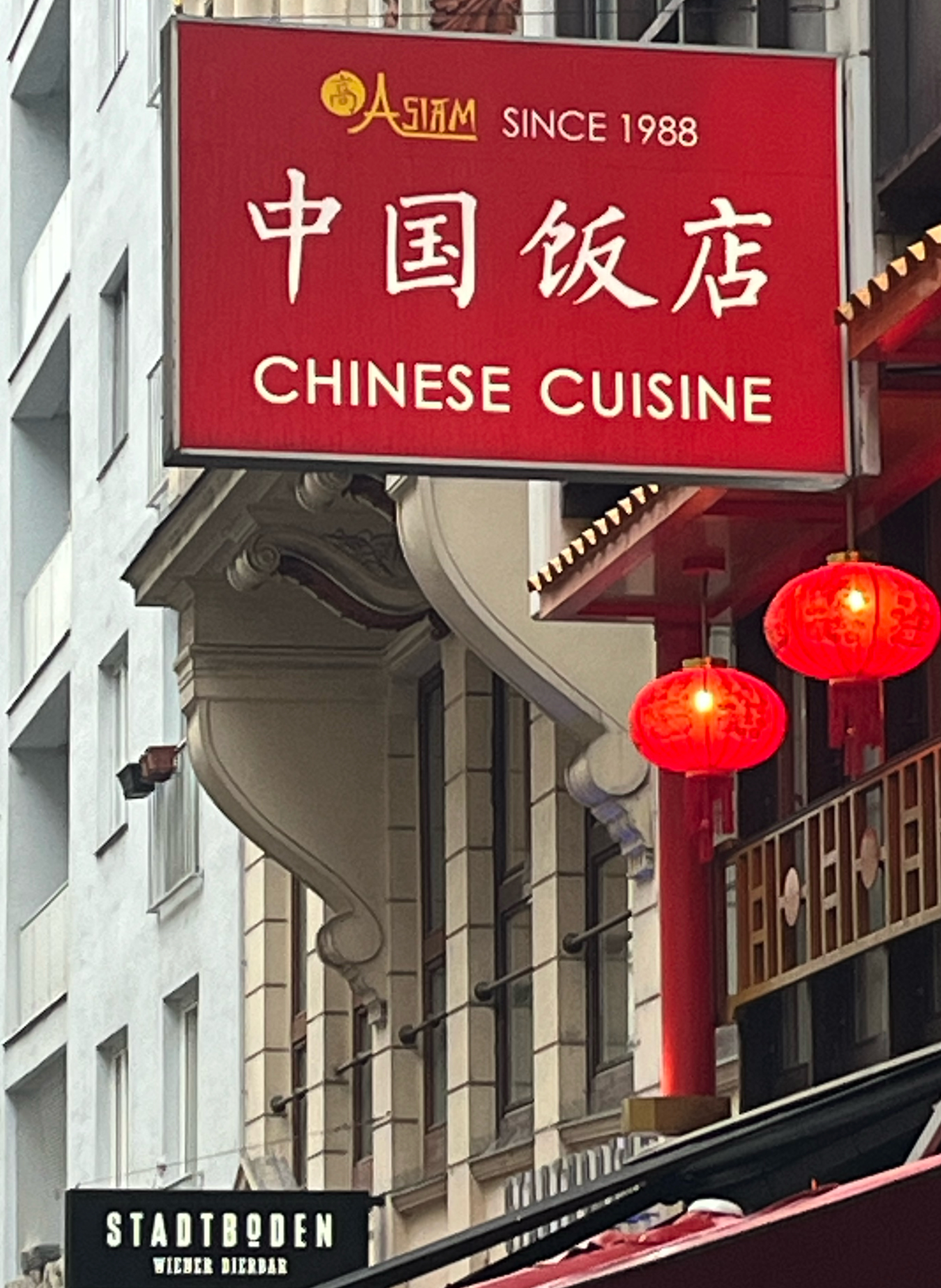
|
147470
|
marygrace
|
Österreich
Wien
|
|
|
—
|
IESVienna
|
|